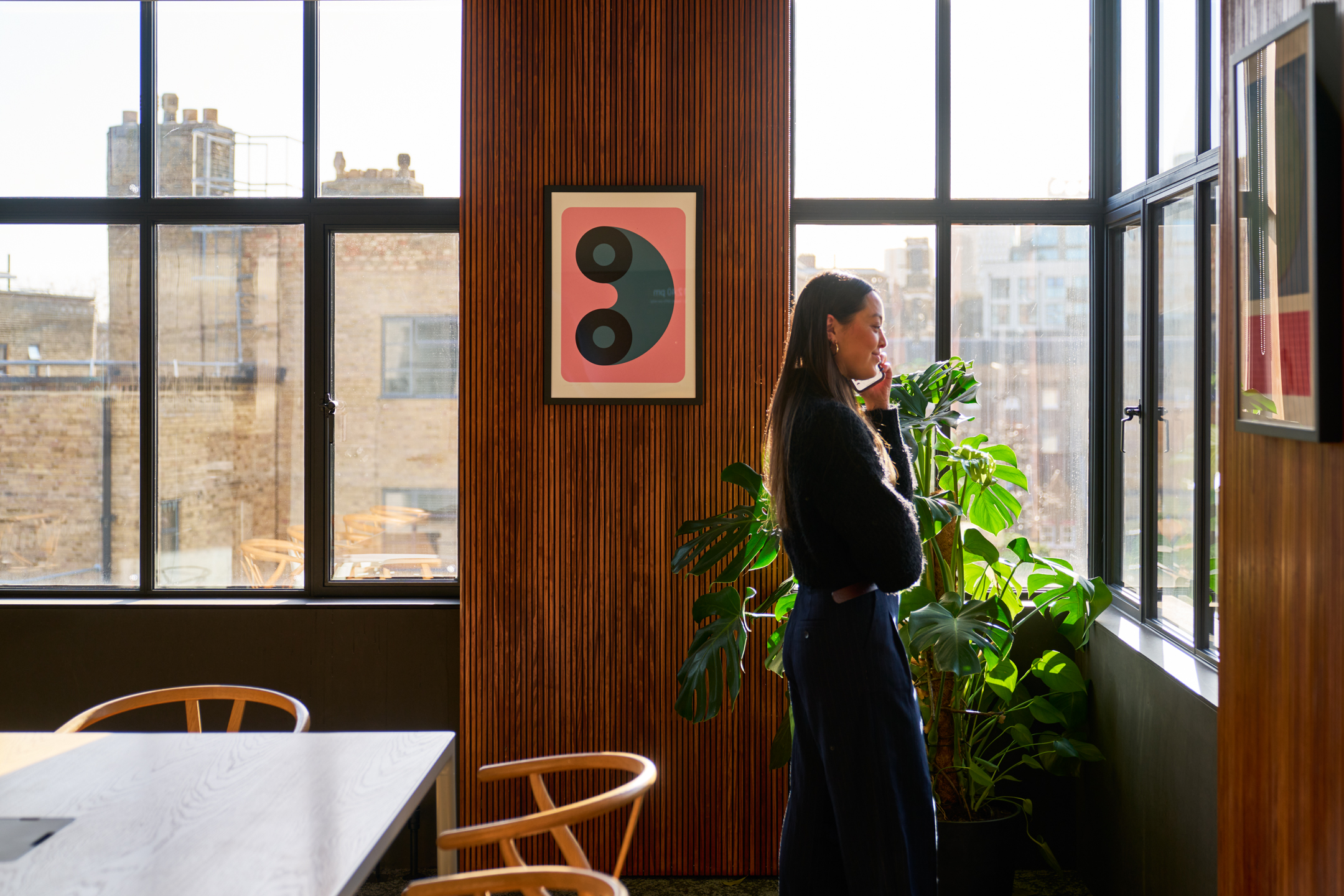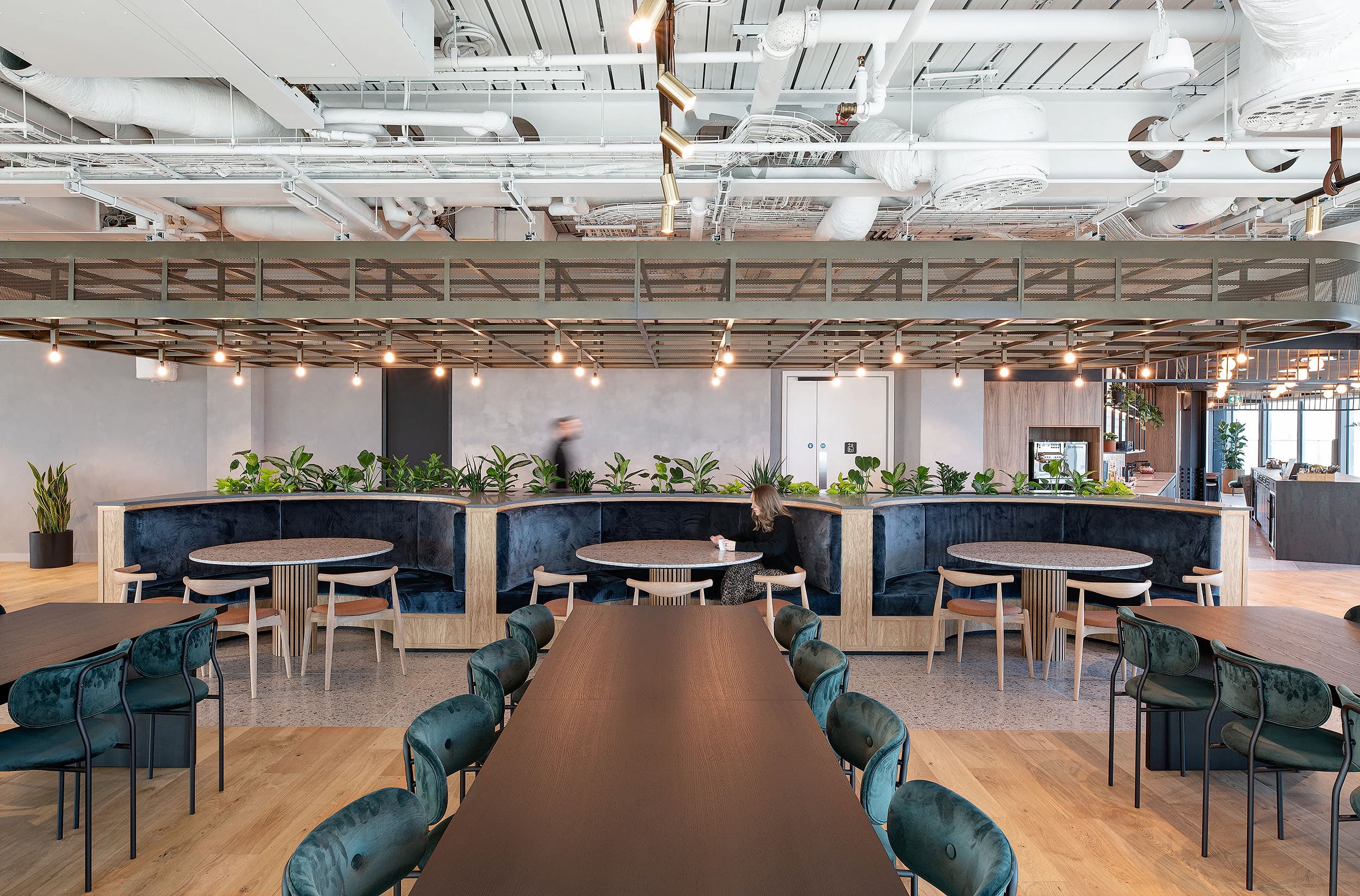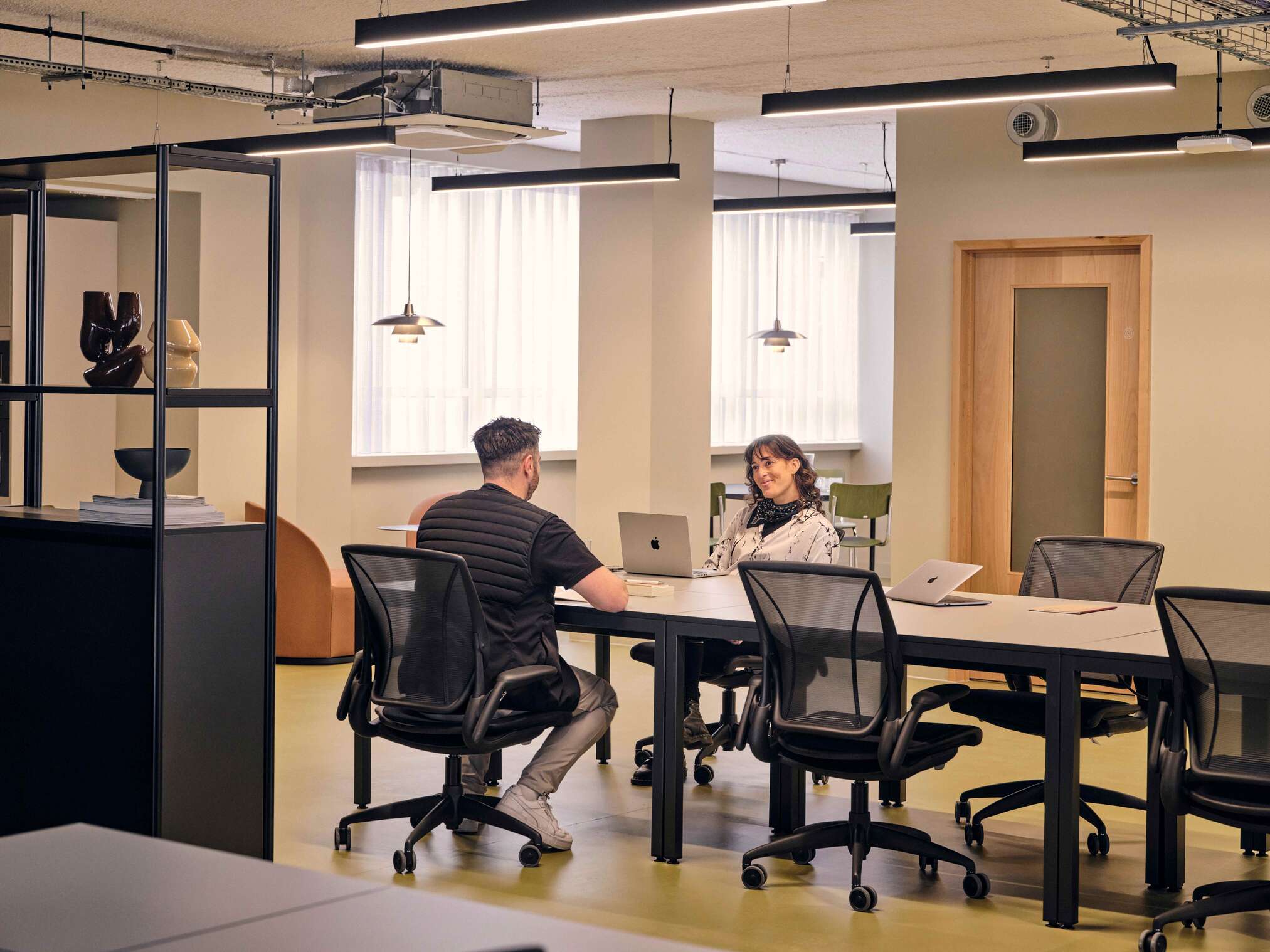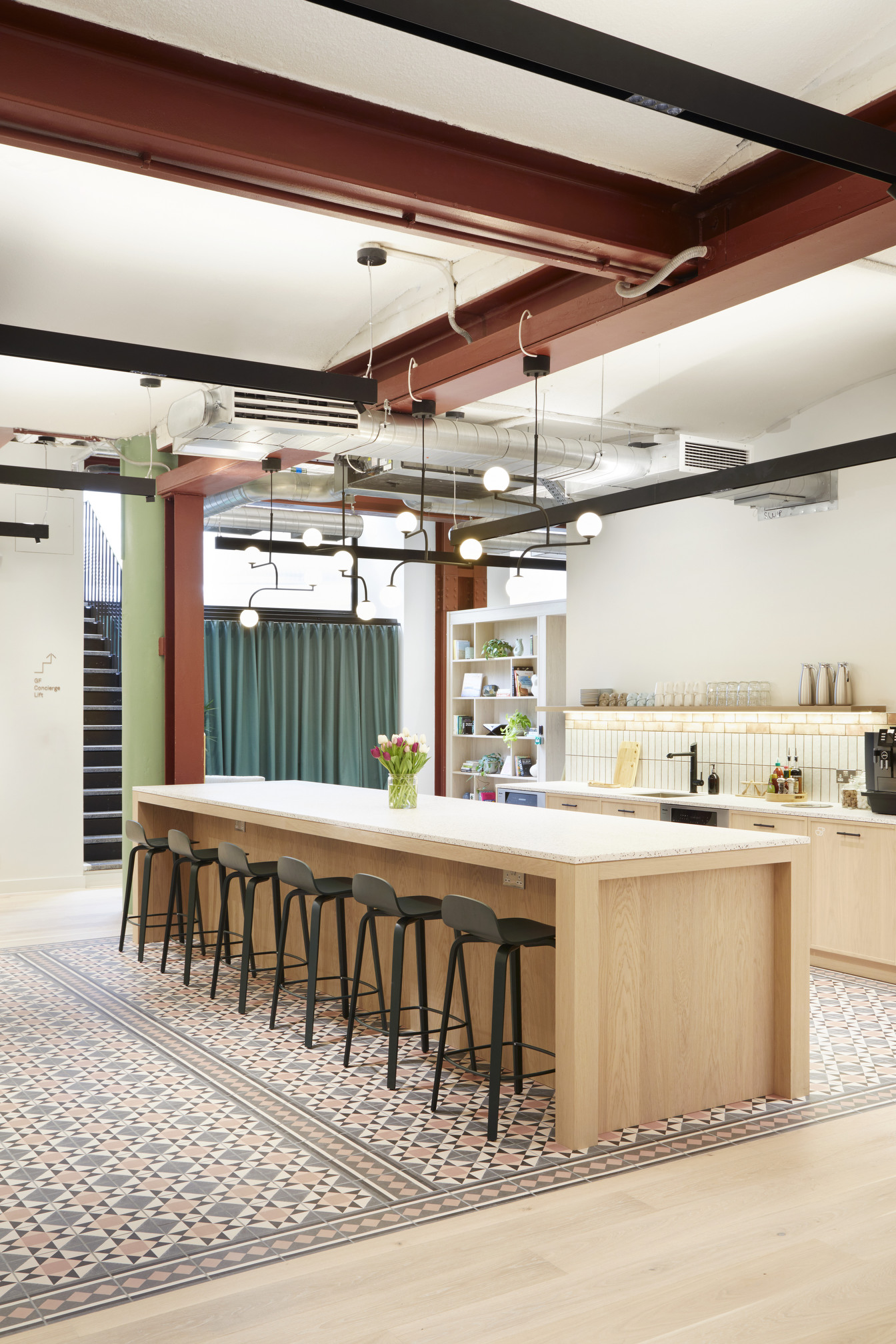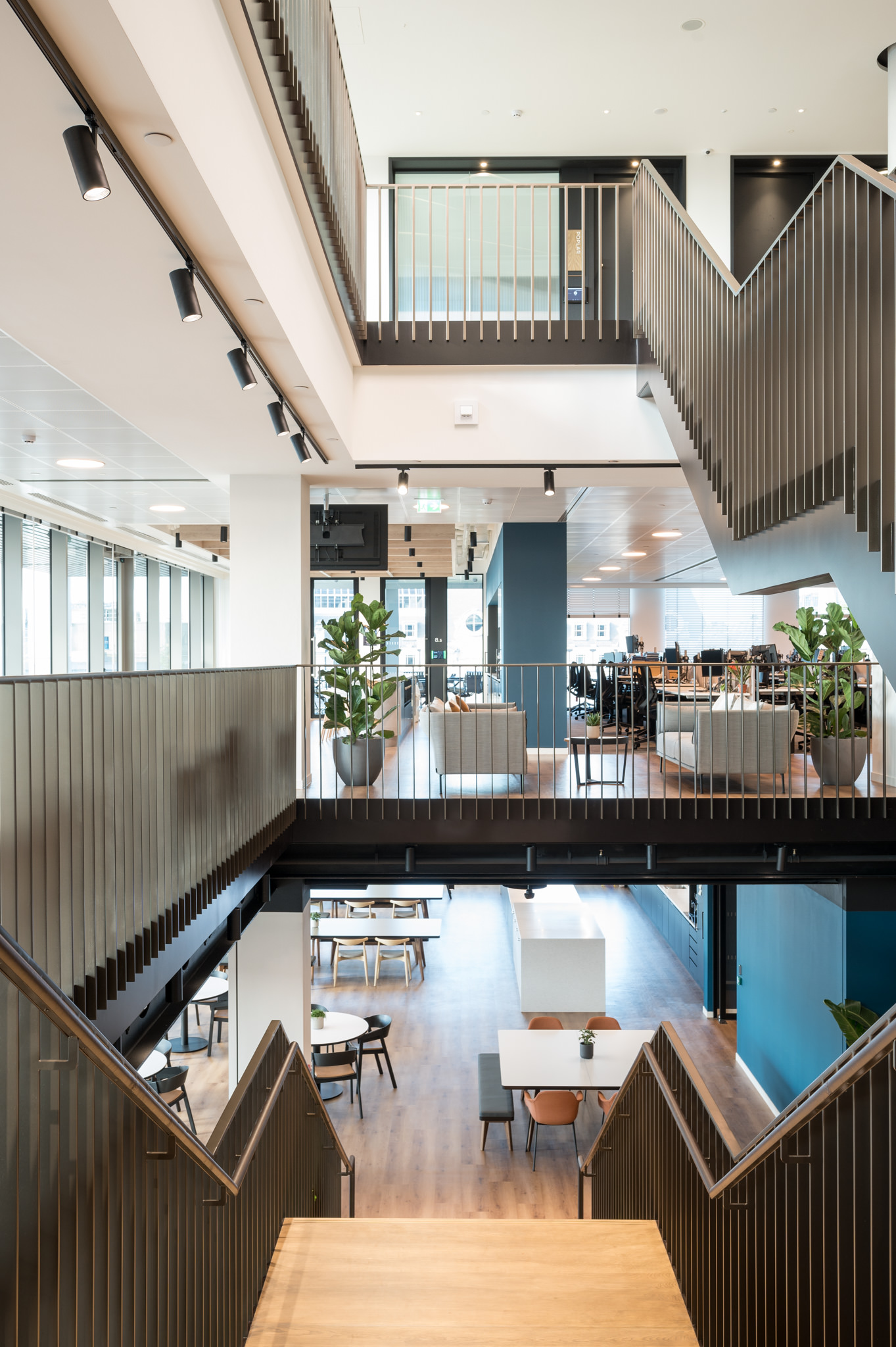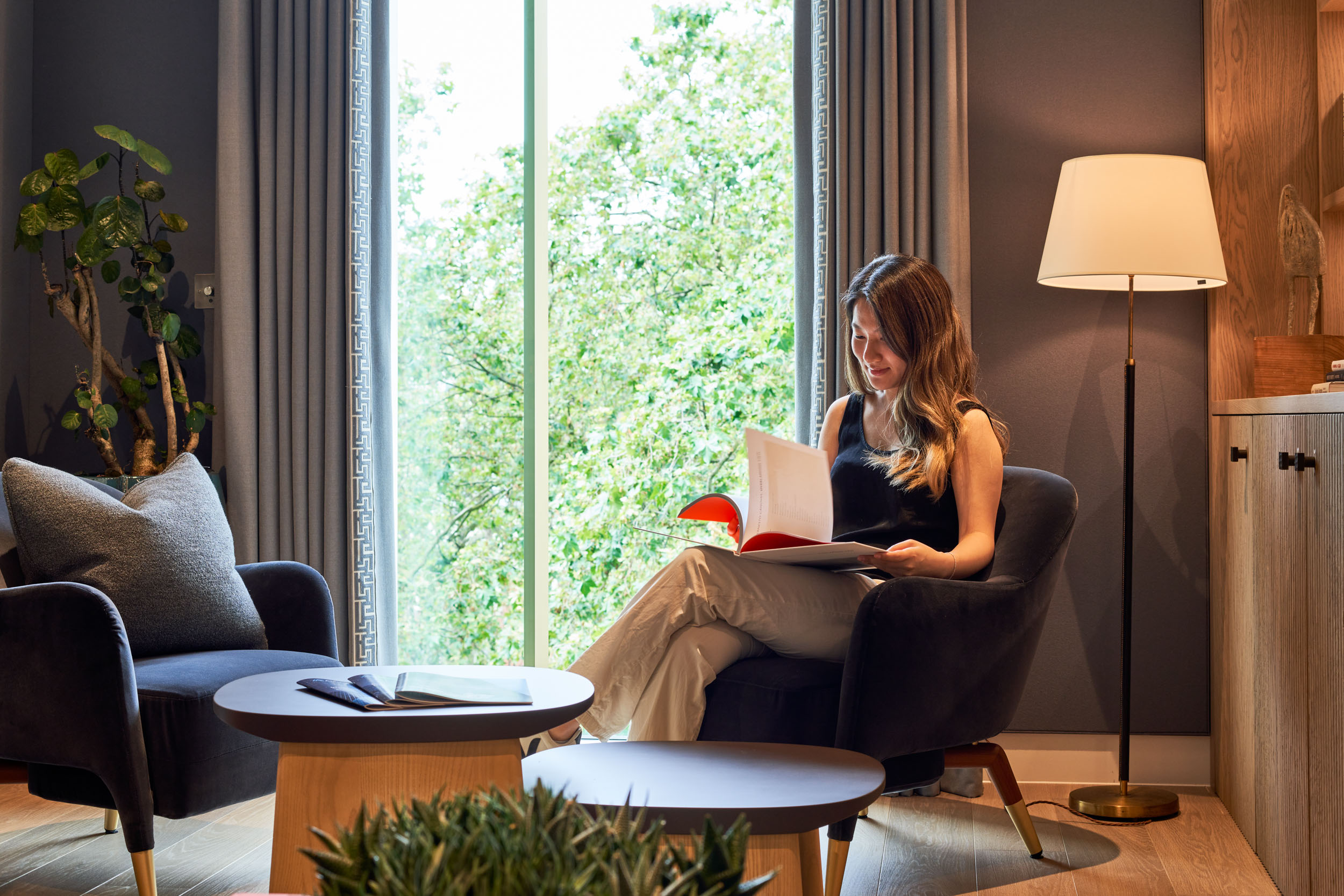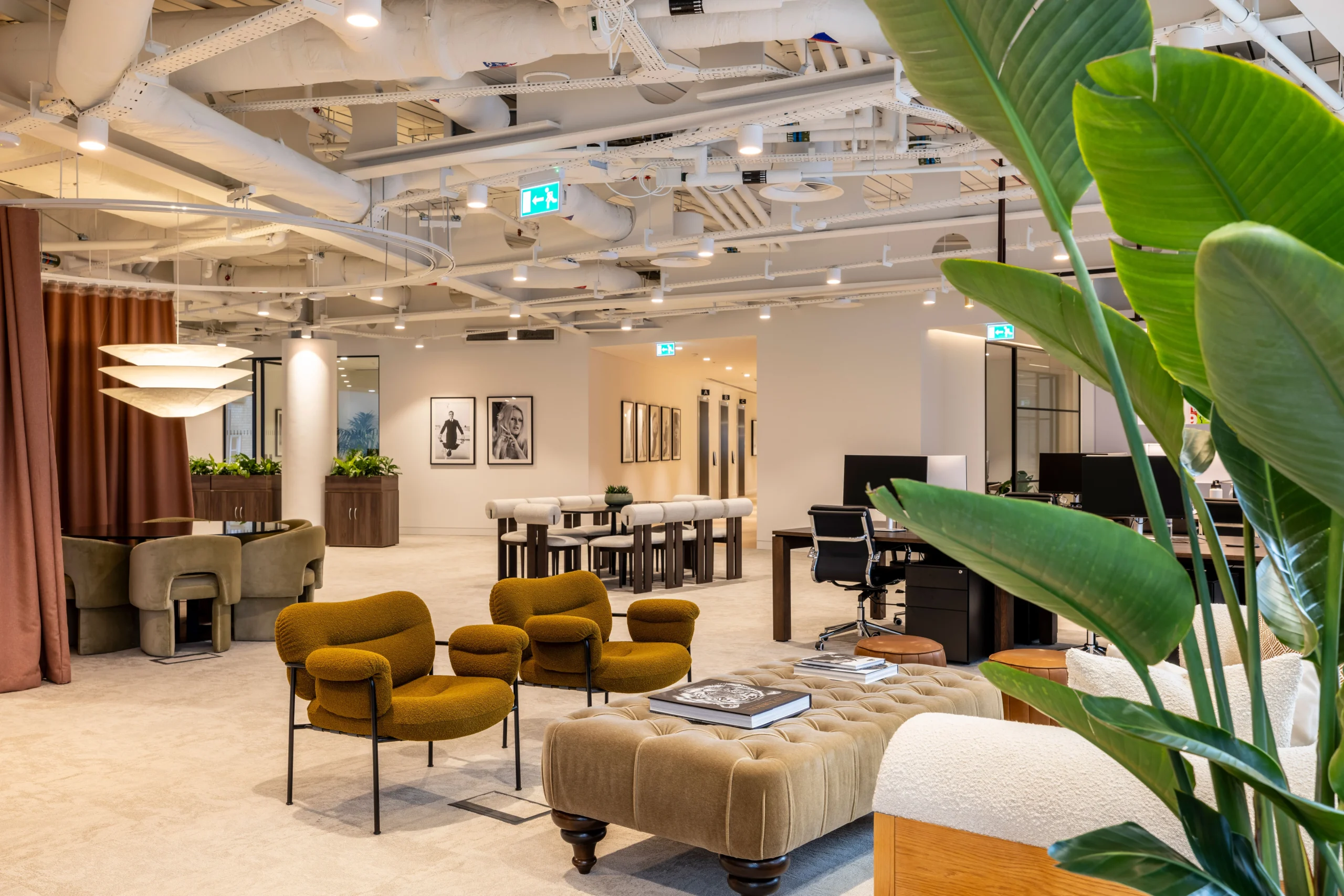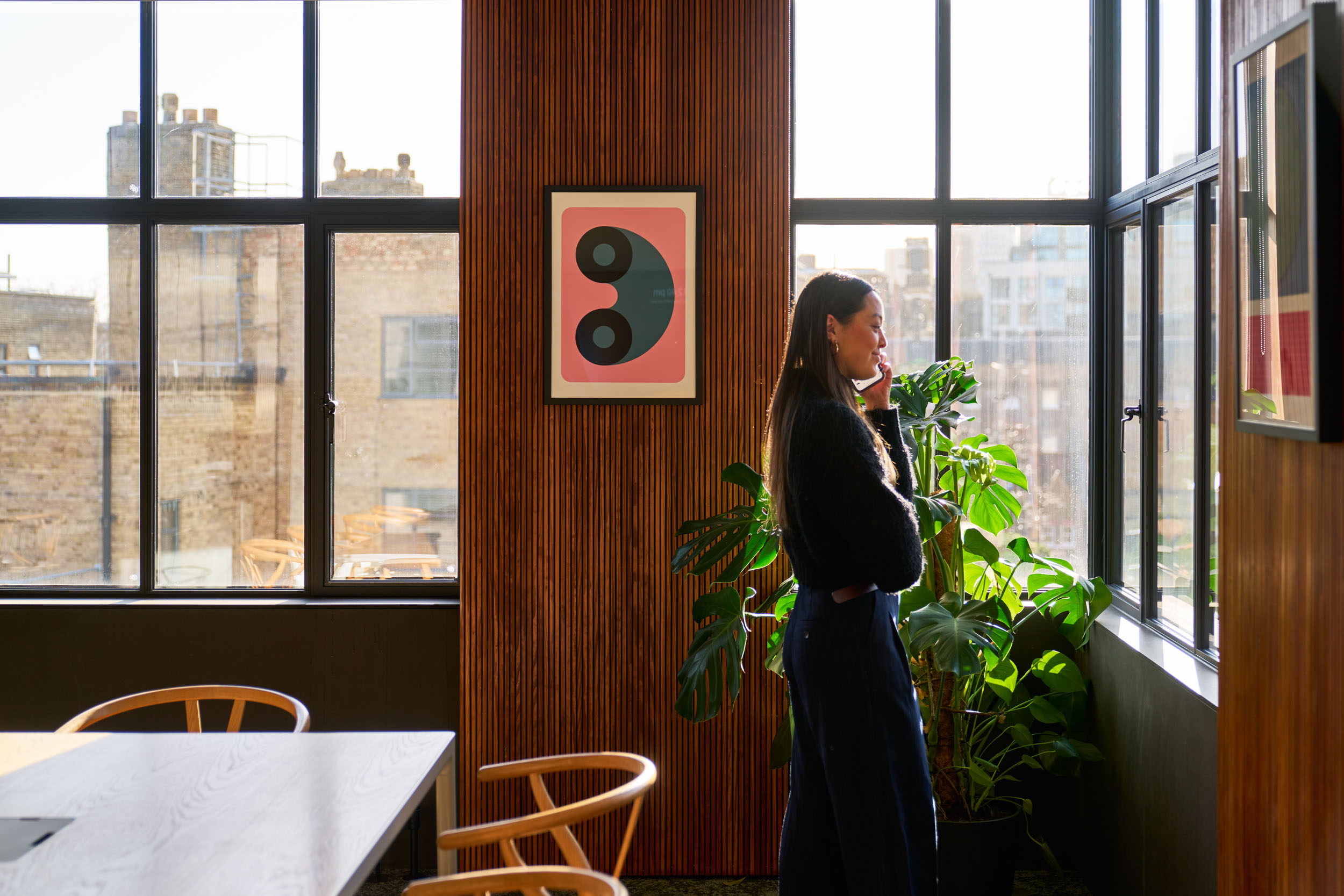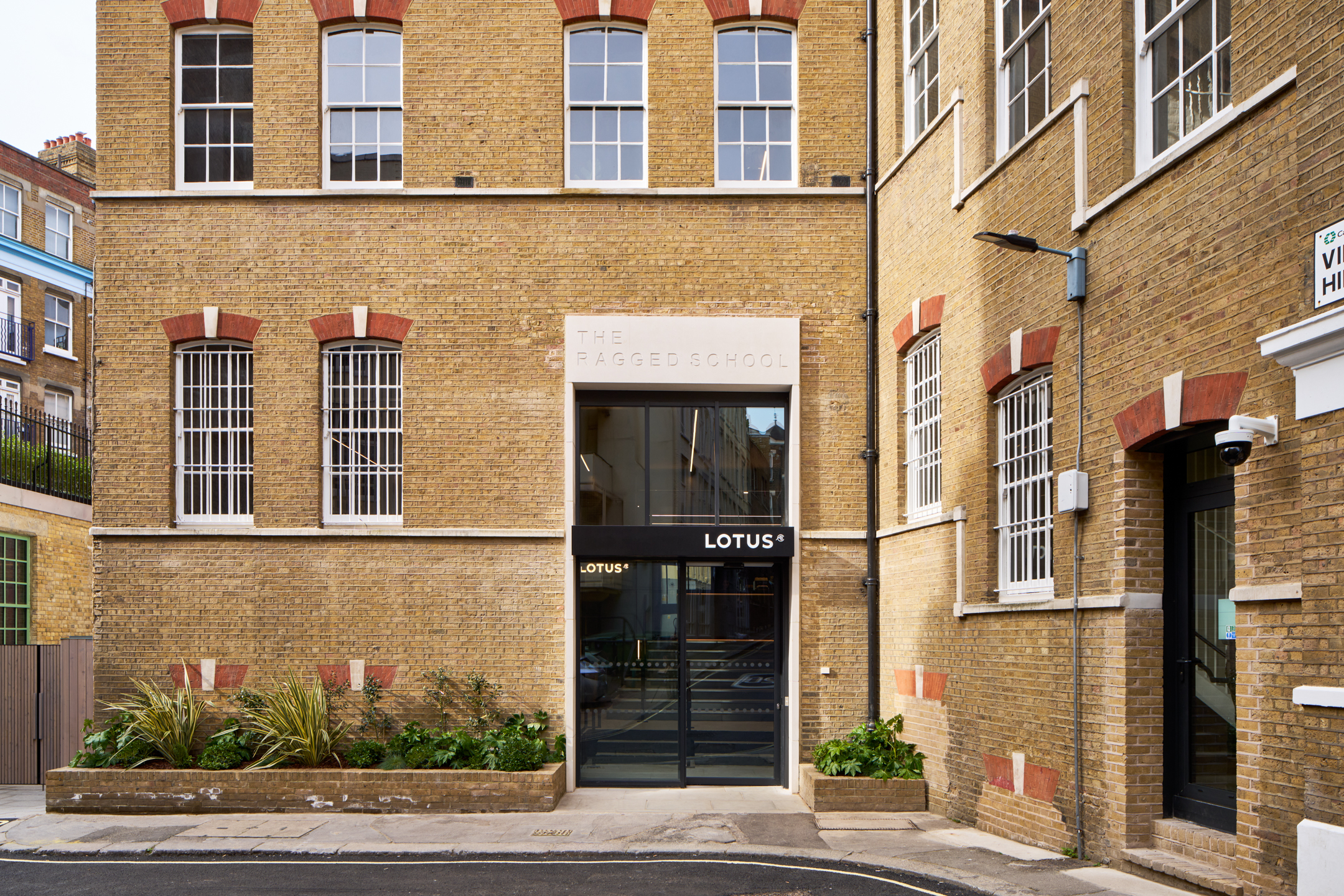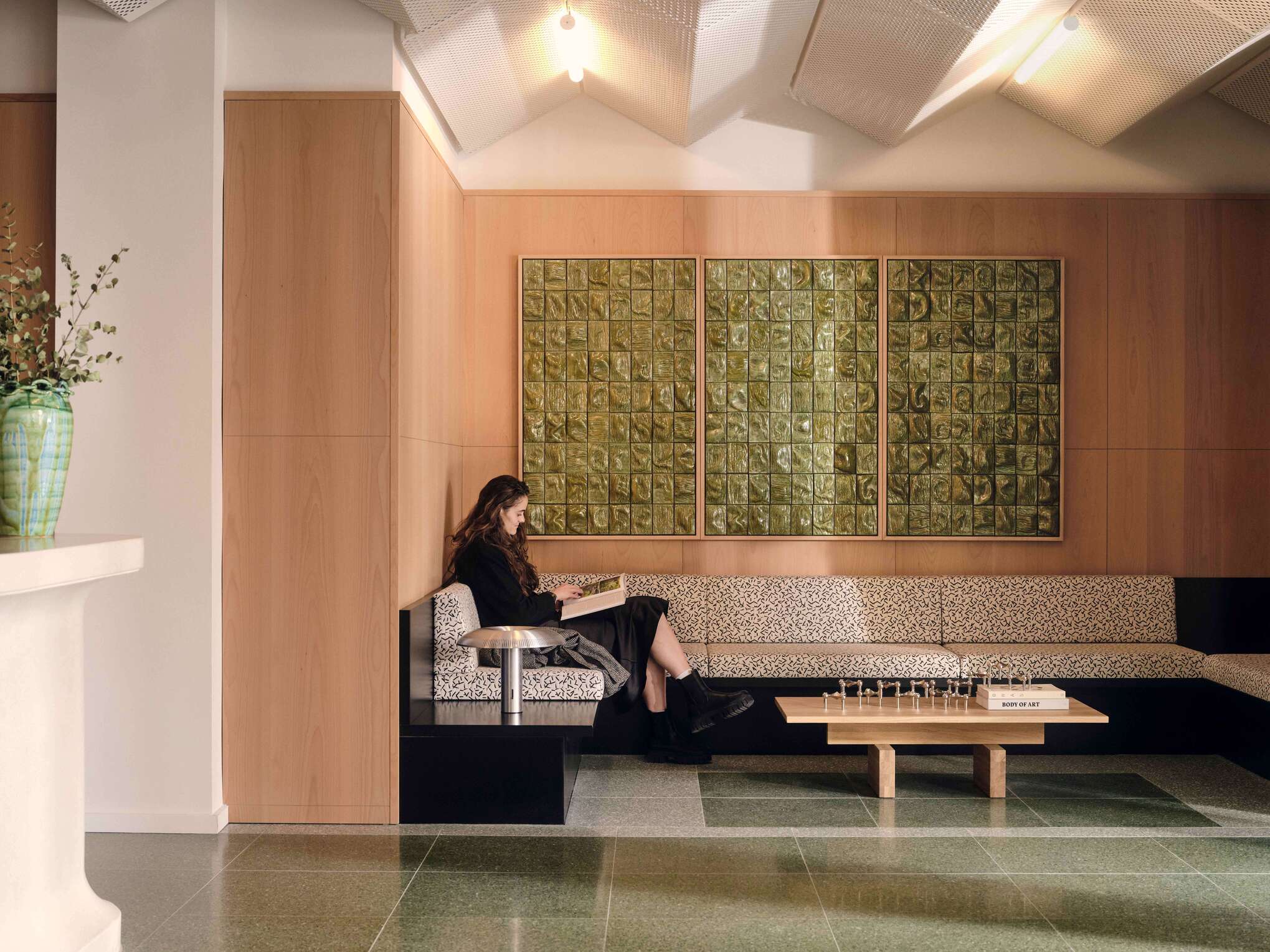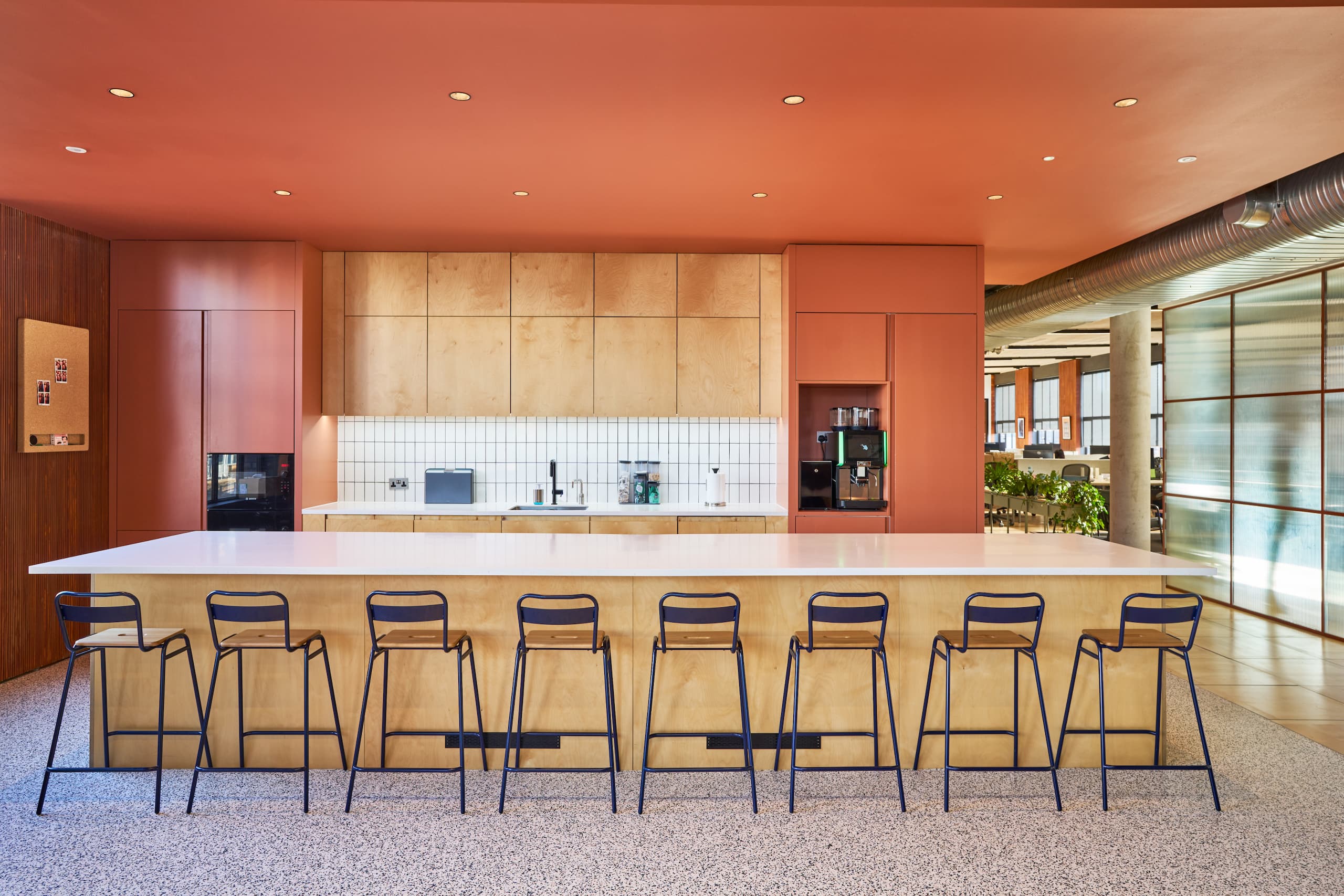Why the Office Clubhouse Is Winning Workers Back
It’s become the workplace cliché of the decade: “People come to the office for collaboration.” But in 2025, it’s not just about collaboration, it’s about connection. Real, spontaneous, meaningful interaction. The kind that happens when your office doesn’t feel like an office at all, it feels like an office clubhouse.
According to Gensler’s latest Global Workplace Survey 2025, socialising is now one of the top three reasons people choose to work from the office. That’s across countries, industries, and generations. In fact, social time has doubled since the pandemic. Forget the outdated narrative that office space is a place for heads-down focus, people are seeking belonging, spontaneity, and visibility. They want a culture they can feel.
- 82% report a strong sense of community and belonging with colleagues.
- 74% feel respected, valued and encouraged to share ideas.
- 78% say they’ve made meaningful connections with people from different ages or seniority levels.

From Office Floor to Social Core
So, what’s driving this shift?
It’s not ping-pong tables or a free latte. It’s something more profound: a redefinition of the office as a social anchor. Somewhere between home, work, and hospitality, the best workplaces are adopting a ‘third space’ mindset, embracing the idea of an office clubhouse designed for connection, culture, and informal exchange.
When Gensler asked what kind of spaces employees valued most, lounges, food halls, and coworking cafés topped the list, outranking even traditional meeting rooms. People also prioritised rest spaces, outdoor terraces, and dedicated areas for deep focus.
It’s a quiet revolution: workplaces that feel more like clubhouses than corporate hubs. The shift from traditional layouts to the office clubhouse model is changing how teams connect, collaborate, and recharge.
Interestingly, when asked to describe their ideal workplace, employees ranked “creative lab” and “nature retreat” well above the traditional “business hub.” Yet the majority still work in offices that feel overly formal, overly rigid, and not aligned with how they want to spend their day.
We’re seeing this every day. Clients aren’t just asking for desks and meeting rooms anymore. They’re asking for community teapoints, open lounges, tiered seating for townhalls, tucked-away corners for deep chats, and yes, sofas. Real, soft, comfortable ones.
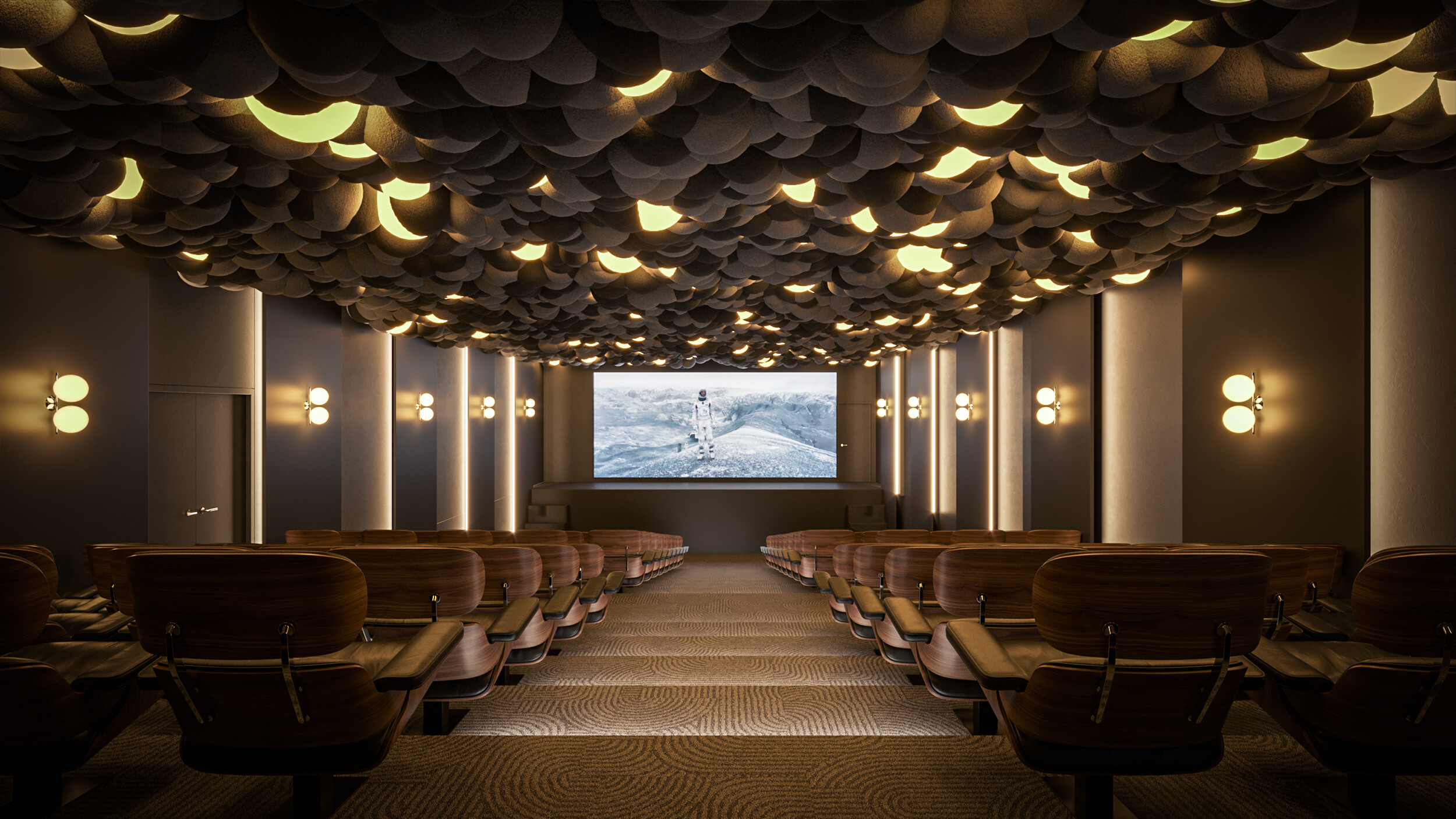
Connection Has Commercial Value
This isn’t just about vibes. The ROI on belonging is tangible, but creating the right environment takes more than great furniture. It starts with insight. Our Workplace Consultancy helps businesses understand how to design spaces that support connection, culture, and performance.
Gensler’s data shows that people who rate their workplace experience highly are:
- 2.6x more likely to have spontaneous meetings with colleagues
- 4.9x more likely to experiment with new ways of working
- 3.2x more likely to say their space reflects company culture
- 3.6x more likely to believe it helps attract and retain talent
And crucially, they’re also twice as likely to feel happy at work, more energised, and more engaged.
Put simply: if your workplace invites connection, people will bring their best to it. This shift isn’t accidental, it’s driven by a deeper understanding of what workplaces are really for. As we discussed in The Power of People, Purpose and Place in Office Design, creating environments that reflect your values can redefine how people interact, feel, and thrive at work.
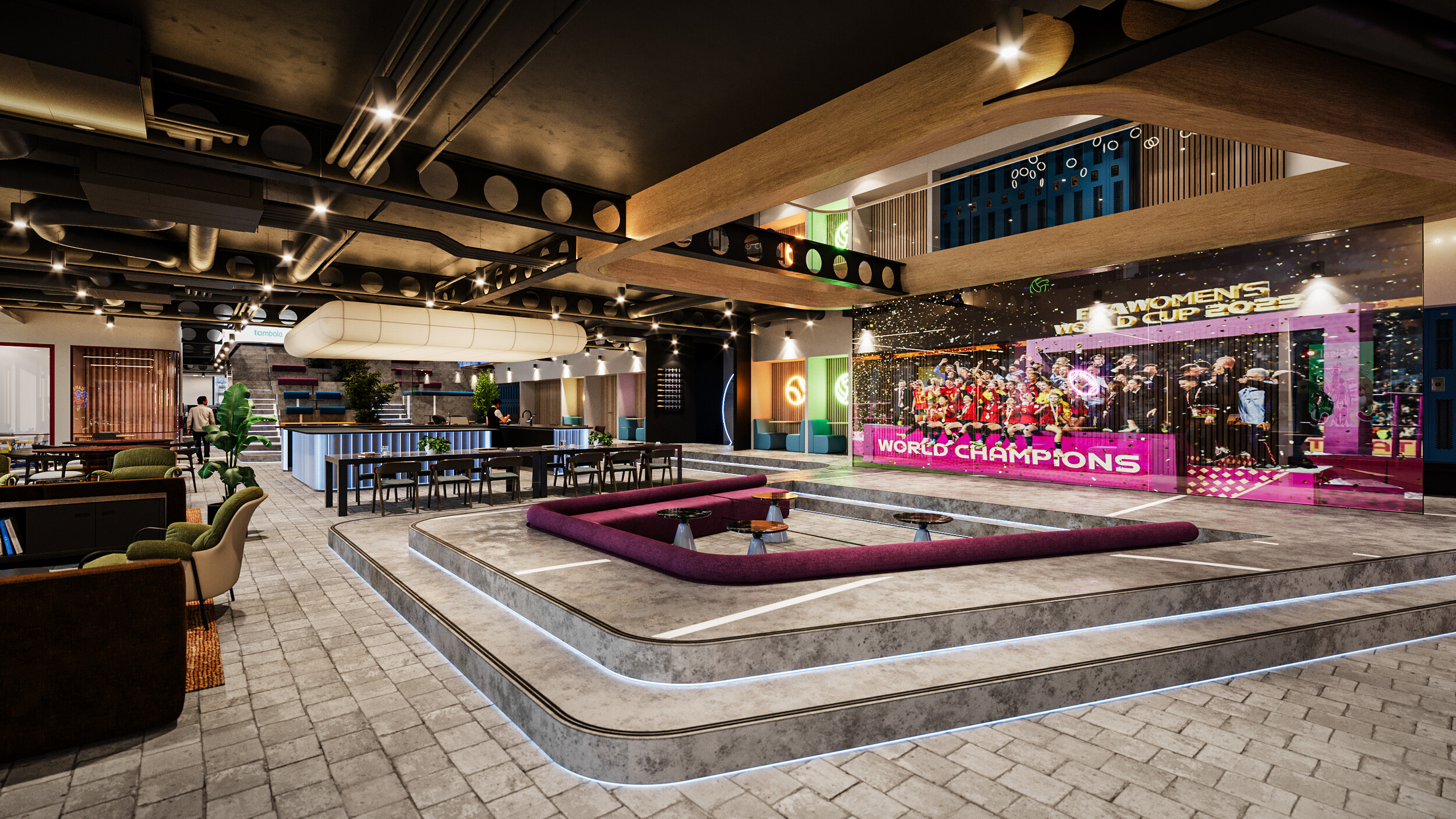
More Than Amenities
So what does this mean for design? It means treating the office like more than an asset, it’s an experience. One that creates a connection by design, not by chance. That might look like tiered seating for company townhalls, or casual breakout zones that encourage inter-team mingling. It might mean repositioning the teapoint as the social heart of the floor.
Because when people come to the office in 2025, they’re not coming for the printer. They’re coming for each other. And when you get that right, when your workspace becomes an office clubhouse, not just a corporate setting, you don’t just see better culture. You see better business.
